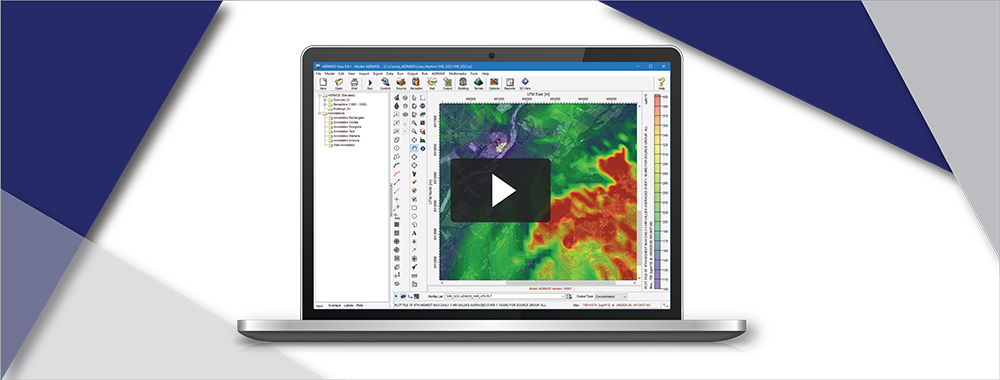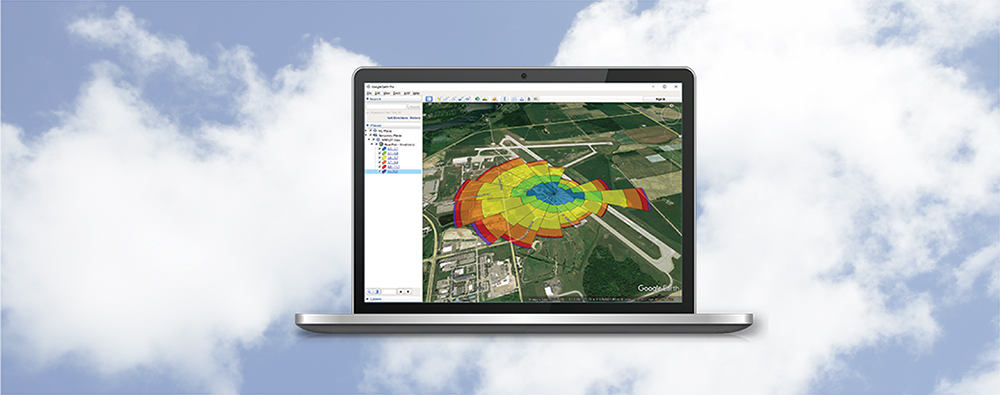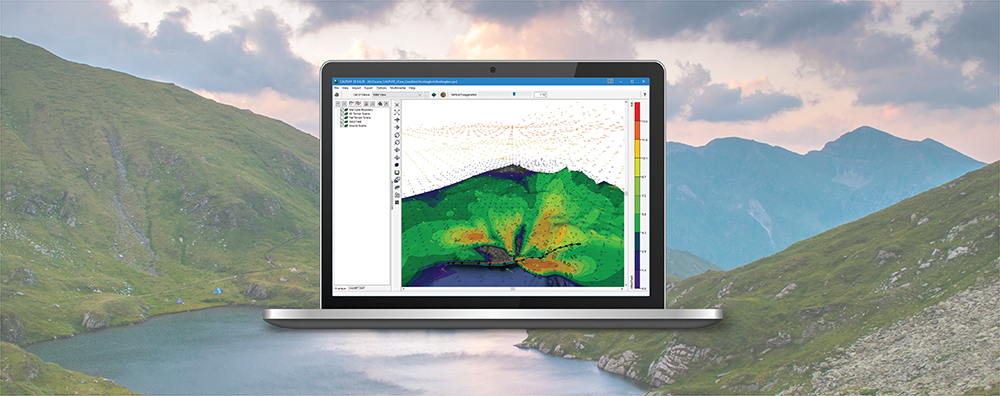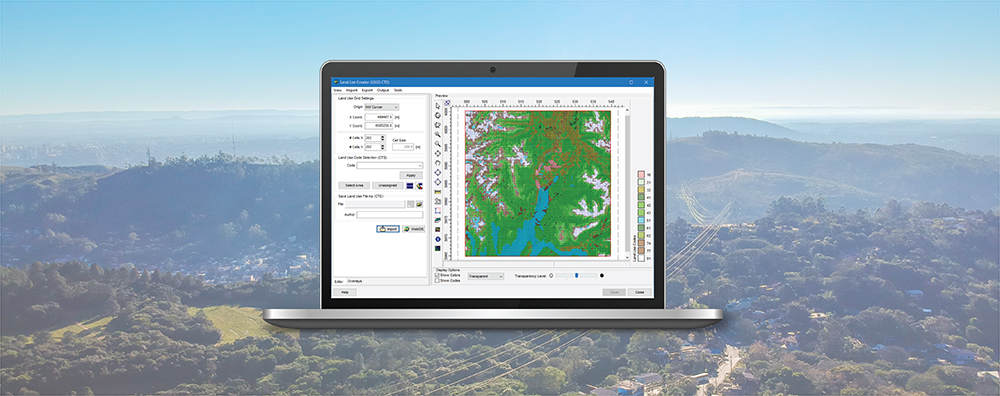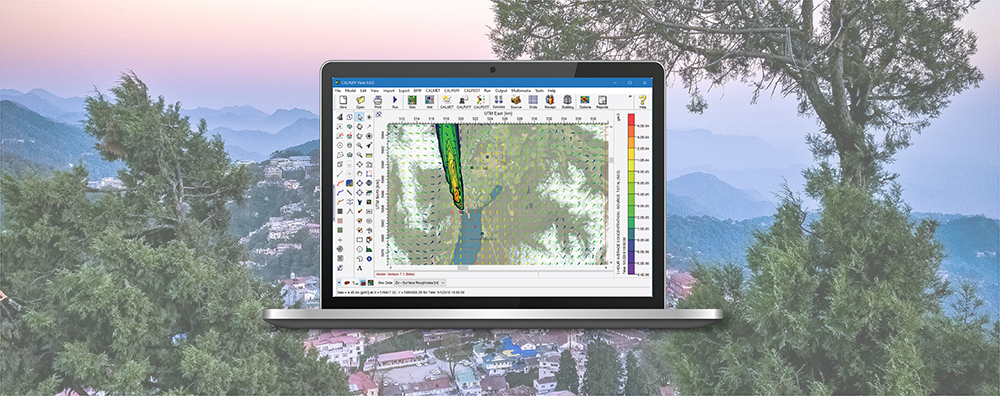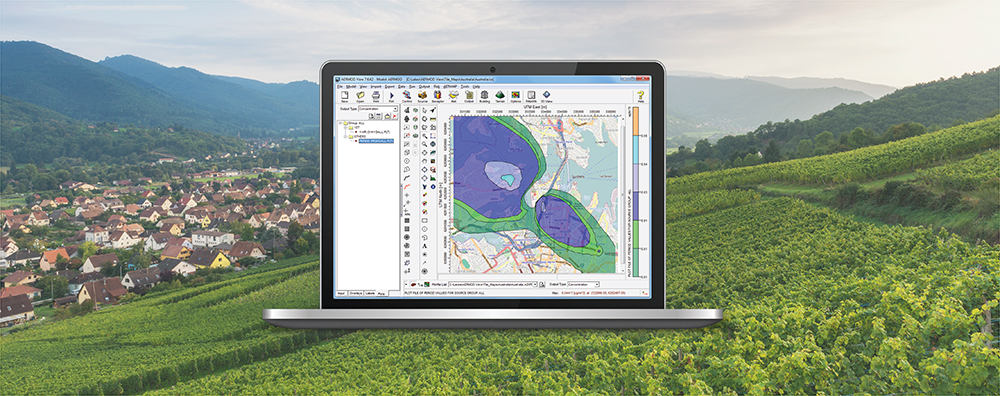AERMOD View: AERSURFACE 20060 in AERMET View
AERSURFACE is a tool developed by the U.S. Environmental Protection Agency (USEPA) which uses digital land cover data to objectively calculate numeric values of surface characteristics (i.e. albedo, Bowen ratio, and surface roughness) required by AERMET, the meteorological preprocessor for the AERMOD air dispersion model.


